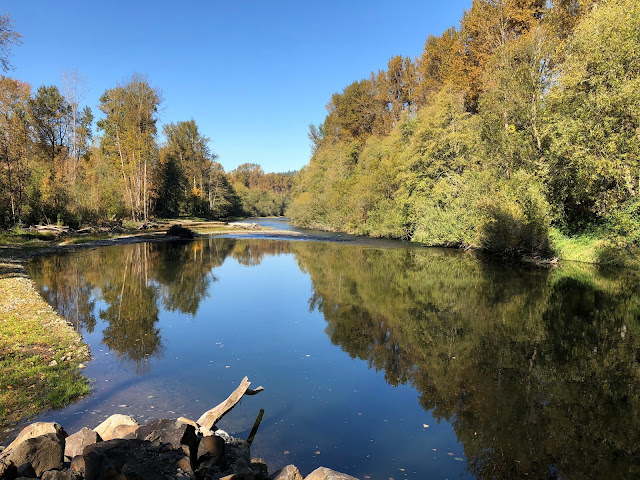 |
| In Washington, waters belong to the public and can't be owned. Instead someone may be granted a right to use a volume of water, for a defined purpose, in a specific place. |
What's different?
We do not require any information on the new application forms that was not already required to process an application. One difference is the timing of when we need that information. The old application functioned as a place-holder until we began reviewing it, which then started an iterative fact-gathering process with the applicant. This frequently involved excessive wait times.Our new applications allow us to instead consolidate the information gathering up front, when the applicant submits their application. Although we will still have to assess legal and technical aspects of the proposal, we expect the new form to allow us to process both the applications for new water rights and those for changing water rights more efficiently.
We're here to help
We strongly recommend applicants take part in a free pre-application consultation with Water Resources Program staff. By talking with us early in the process, before taking the time and expense of completing and filing an application, applicants can gain a realistic understanding of the viability of their proposal and the range and scope of information required for a decision.The updated forms are a continuation of our ongoing work to reduce the backlog of pending applications and diminish the delays and opportunity costs while applicants await decisions. Using the new applications and our expanded guidance also provides greater transparency about information we use to make decisions and how we measure the viability of applications for new water rights and water right changes and transfers.

No comments:
Post a Comment